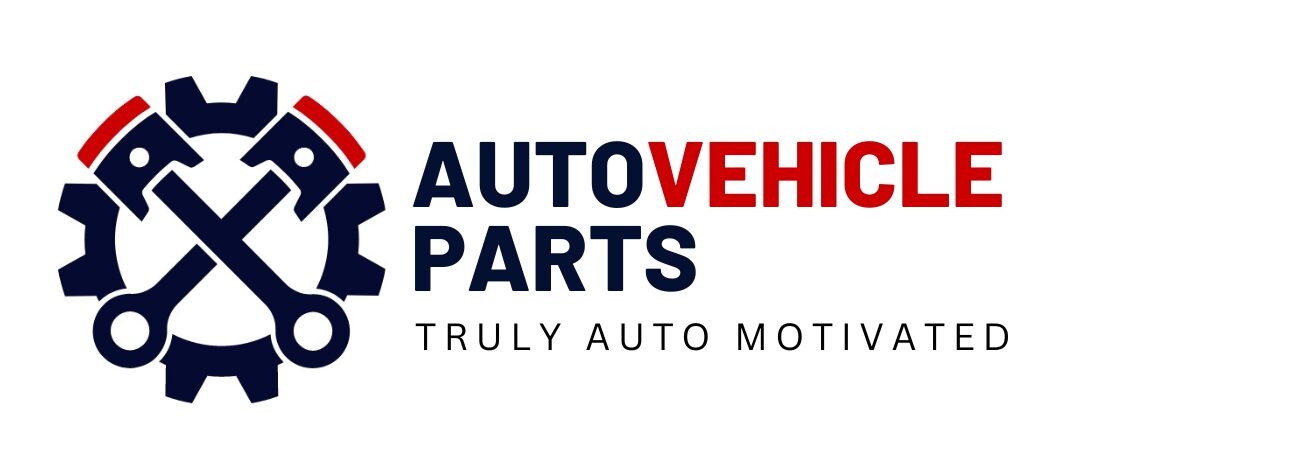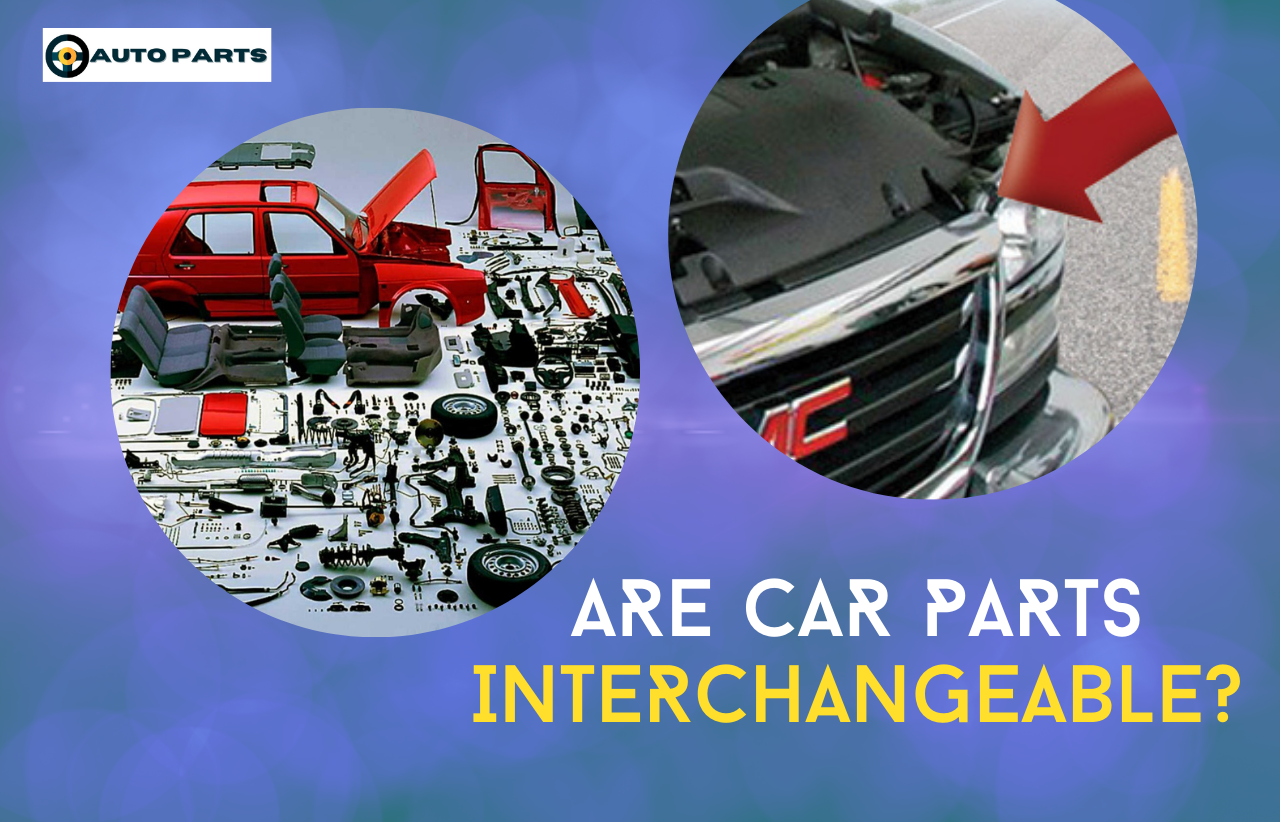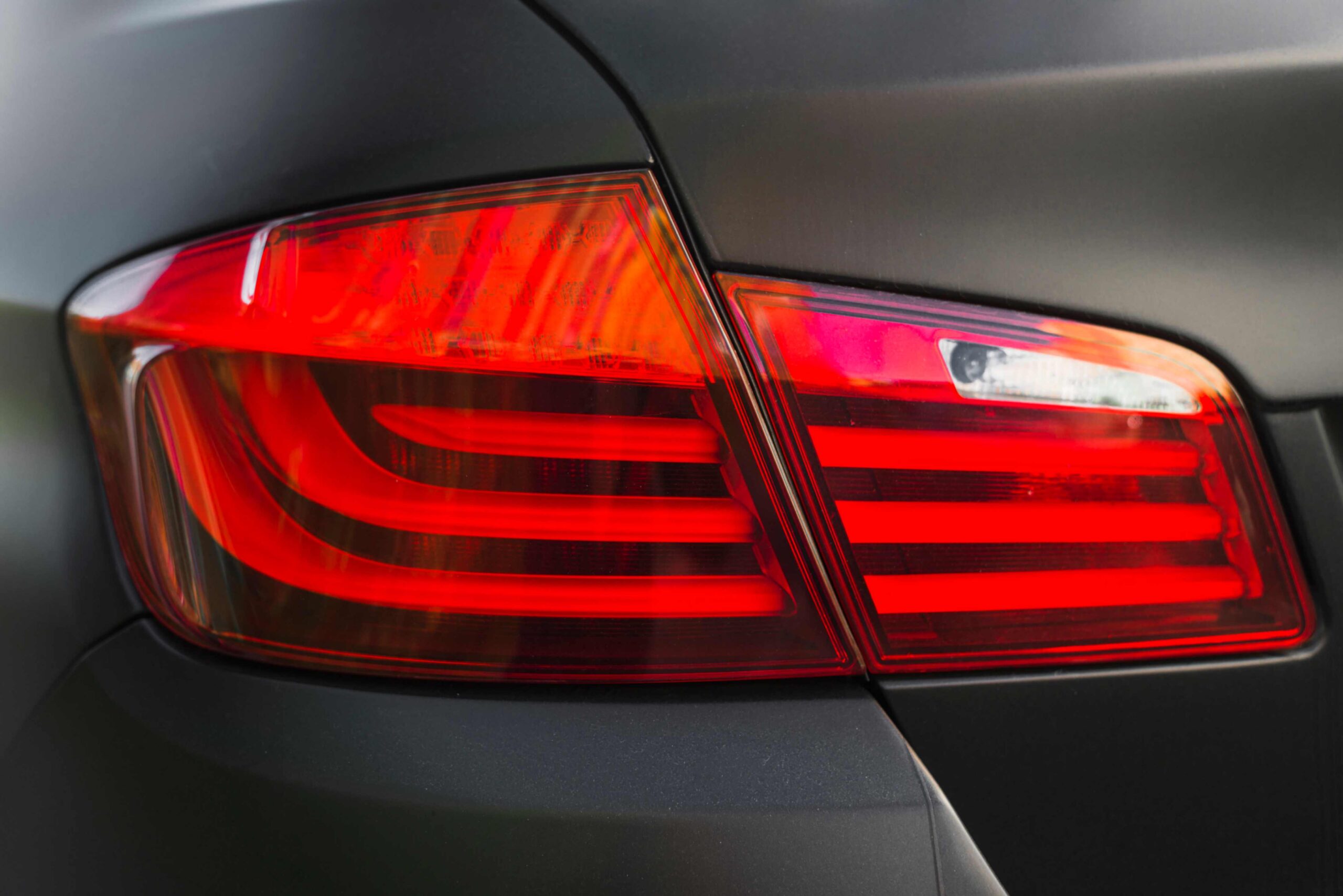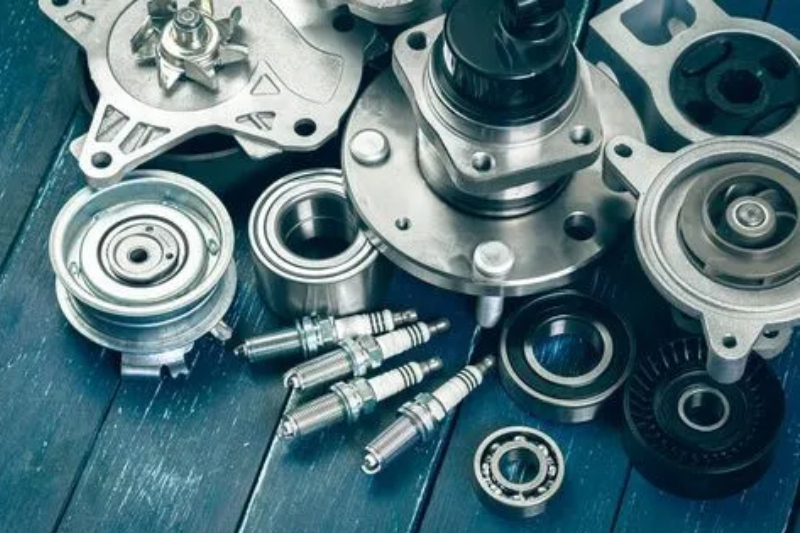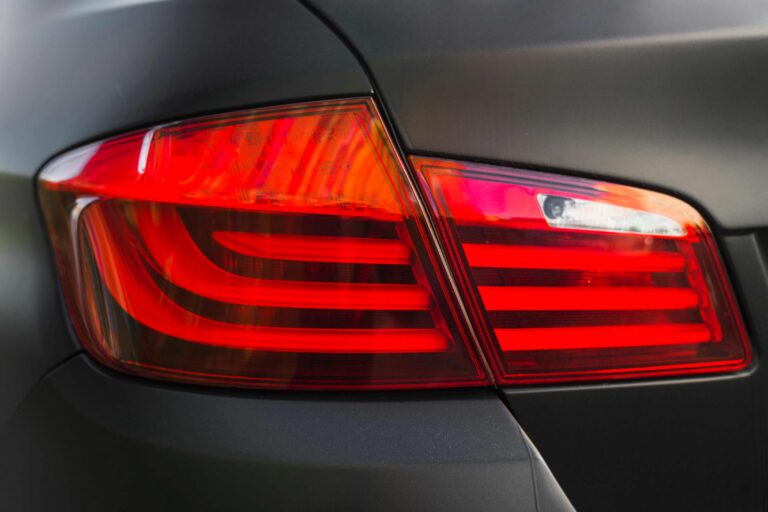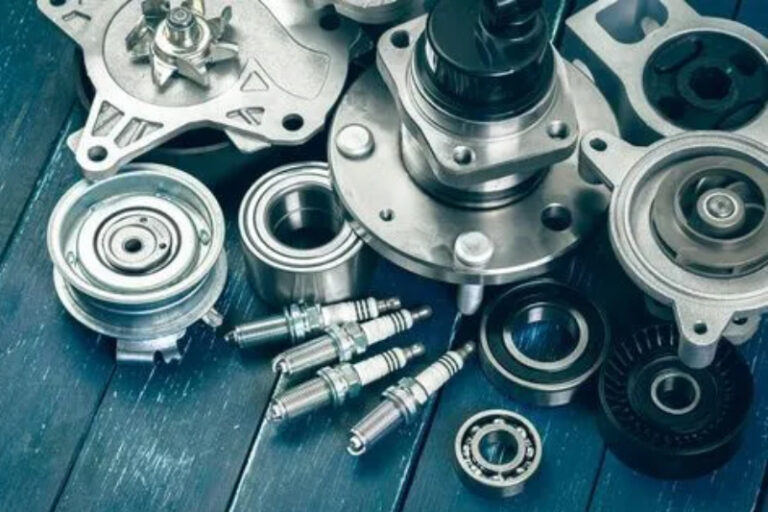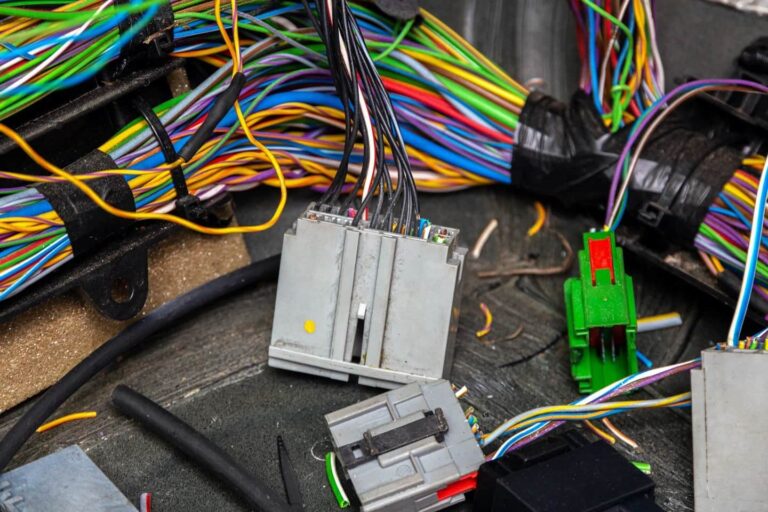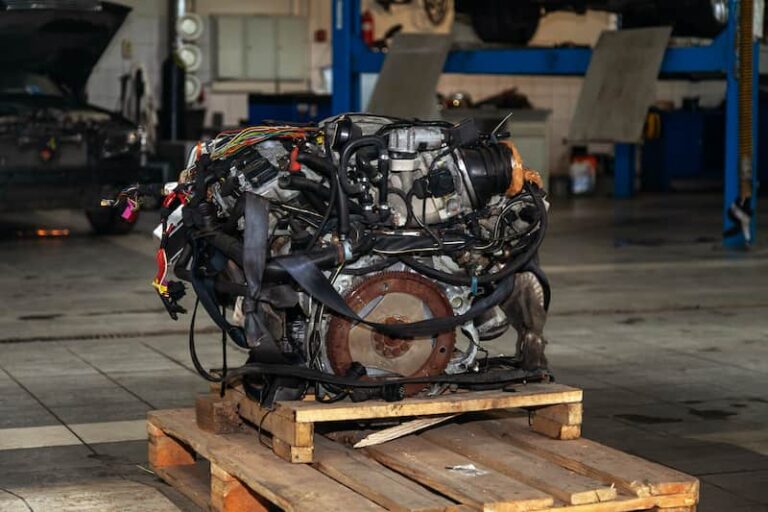One of the most common questions car owners and mechanics ask is: “Are car parts interchangeable?” At first glance, the idea sounds simple – swapping one part for another of similar type or design. However, in reality, parts interchangeability can be quite complicated. Parts are considered interchangeable only when they can be swapped as direct bolt-in replacements. This may work perfectly well in a professional shop setting, but for home mechanics or complex repair tasks, it can be far more challenging.
Today, many automotive manufacturers are moving toward greater standardization, and some industries are promoting interchangeable parts to simplify repairs and manufacturing. Still, not every car part can be swapped between models or brands. Compatibility depends on the make, model, year, and even the specific trim or configuration of the vehicle.
If you want to know whether a car part can be interchanged, you need to understand some crucial details about your vehicle – especially your VIN and the part number. Let’s explore how these identifiers and other automotive standards like ACES and PIES can help determine compatibility.
VIN and Part Number: The Basics of Compatibility
Your vehicle’s VIN (Vehicle Identification Number) is the key to identifying which parts are compatible with your car. The VIN is a unique 17-character combination of letters and numbers that contains specific details about your vehicle – including the manufacturer, production year, engine type, and special features. It’s essentially your car’s fingerprint.
Vehicles manufactured before 1981 have VINs ranging from 11 to 17 characters, which can make it more difficult to find accurate information about those older models. For modern vehicles, the VIN is essential for confirming the right part fitment.
In addition to the VIN, most components have their own part number, often abbreviated as PN, P/N, or simply “part no.” This alphanumeric code uniquely identifies a part within a brand or across a few brands. The part number usually contains critical information about the component’s size, shape, material, and design specifications.
When searching for interchangeable parts, knowing both the VIN and the part number gives you the most accurate information. While the car’s year, make, and model are helpful starting points, they often aren’t specific enough to guarantee compatibility. Two cars of the same model year might still have different components if they were built for different markets or trim levels.
ACES and PIES: Industry Standards for Interchangeable Parts
To make part compatibility easier, the automotive industry uses two essential data exchange standards: ACES and PIES.
ACES (Aftermarket Catalog Exchange Standard) acts as the bridge between a part number and a specific vehicle. It contains critical fitment data such as the vehicle’s make, model, year, engine, part type, and brand. Essentially, ACES defines which part fits which car, helping manufacturers, retailers, and mechanics ensure accurate part matching.
ACES relies heavily on a massive database called the Vehicle Configuration Database (VCdb). This database includes over 60,000 vehicle configurations covering light, medium, and heavy-duty vehicles sold in the U.S., Canada, Mexico, Chile, and Colombia. The VCdb is updated monthly to include new vehicle models and remove obsolete ones, ensuring that data remains current and reliable.
PIES (Product Information Exchange Standard), on the other hand, manages product-related information such as descriptions, weights, dimensions, packaging, and digital assets like images. PIES classifies over 20,000 types of products across 25 different categories. It ensures that the correct product details accompany every part listing.
While ACES handles fitment data, PIES deals with product data. Together, they create a powerful system that improves accuracy in online catalogs, minimizes errors, and ensures customers get the right parts for their vehicles. These standards are crucial for e-commerce platforms, auto retailers, and mechanics who rely on precise data to make informed decisions.
Catalog Holes: The Problem of Missing Data
Even with advanced systems like ACES and PIES, sometimes data gaps occur – these are known as “catalog holes.” A catalog hole appears when fitment information is missing or outdated in a parts catalog. If a customer tries to find a part for their vehicle but the relevant information is incomplete, the system won’t return any results.
Catalog holes are a common cause of lost sales and confusion in the automotive parts industry. For example, if a vehicle model is discontinued or redefined, the associated part listings may be removed or marked as invalid, making it hard to find matching parts. Similarly, new or custom accessories may not yet be entered into the database.
To avoid catalog holes, manufacturers and retailers must continuously update their databases. Regular updates ensure that customers can always find the correct components for their vehicles. For home mechanics or car enthusiasts, it’s important to cross-reference multiple sources – such as manufacturer catalogs, online part databases, and even vehicle-specific forums – to verify compatibility.
Why Some Parts Are Not Interchangeable
While some car components may look identical, they can differ subtly in size, electrical connectors, or internal design. These minor differences can cause major issues if you attempt to use an incompatible part. Manufacturers often modify parts across production years for reasons like improved performance, design updates, or cost efficiency.
For example:
- Engines and transmissions might share the same size or mounting points but have different internal configurations or sensors.
- Suspension parts may differ slightly depending on the trim level or optional performance package.
- Electrical components like ECUs or sensors may use different software versions, making them incompatible even if the connectors match.
This is why identifying your exact vehicle specifications using the VIN and manufacturer documentation is critical before purchasing or installing a replacement part.
The Role of OEM and Aftermarket Parts
When it comes to interchangeability, understanding the difference between OEM (Original Equipment Manufacturer) and aftermarket parts is crucial.
- OEM parts are made by the original manufacturer and are guaranteed to fit and perform as intended.
- Aftermarket parts are produced by third-party companies. Some are designed as direct replacements, while others are modified or universal parts that may require adjustments.
While high-quality aftermarket parts can save you money, they might not always be perfectly interchangeable with OEM components. Always check reviews, specifications, and compatibility data before making a purchase.
The Future of Interchangeable Parts
The automotive industry is evolving rapidly, with manufacturers increasingly adopting modular design principles to enhance parts interchangeability and reduce production costs. Electric vehicles, in particular, are being built with greater standardization, which could make future repairs and replacements more straightforward.
Additionally, the growing use of AI and big data in catalog management systems means fewer catalog holes and improved cross-brand compatibility information. As data accuracy improves, both mechanics and consumers will benefit from smoother, faster, and more reliable part identification.
Final Thoughts
Car part interchangeability is an intricate subject that depends on accurate data, technology standards, and manufacturer consistency. While some parts can easily be swapped between models, others require precise compatibility verification. Thanks to tools like ACES, PIES, and detailed VIN tracking, finding the right part has become easier than ever.
However, the key is to never assume that two parts are identical just because they look the same. Always confirm compatibility through trusted sources to ensure safety, performance, and longevity. As vehicle technology continues to advance, the dream of truly interchangeable car parts is getting closer – making car maintenance simpler, more sustainable, and more efficient for everyone.
FAQs
Generally, no. Most parts are specific to a brand or model, though some universal parts (like tires or lights) may fit across different makes.
Use your VIN and part number to verify compatibility through official manufacturer catalogs or online ACES/PIES-supported databases.
OEM parts guarantee exact fit and performance. Aftermarket parts can be cheaper but may vary in quality and compatibility, so always check reviews and specifications.
A catalog hole occurs when fitment data is missing in a parts database. This can make finding the right part difficult until the catalog is updated.
Manufacturers may update components mid-production for better performance, safety, or cost reasons, which can make older and newer versions incompatible.
